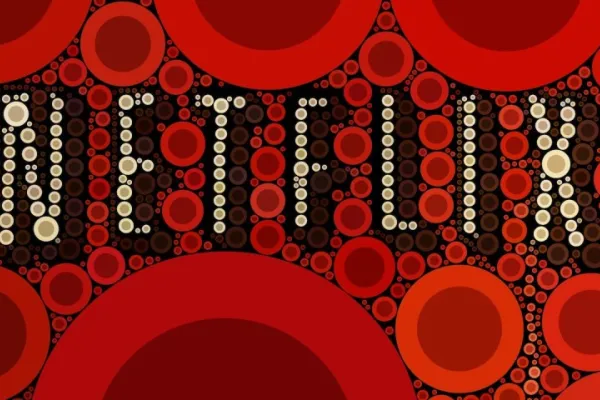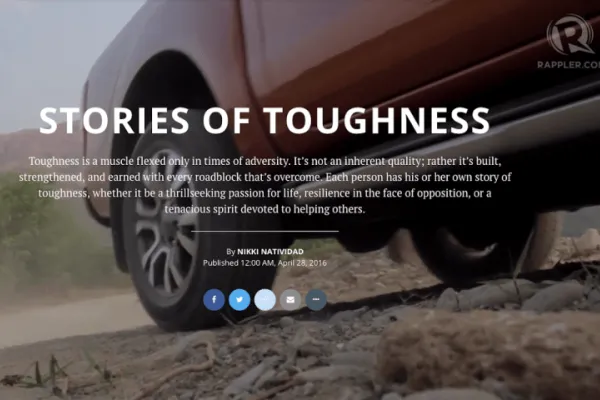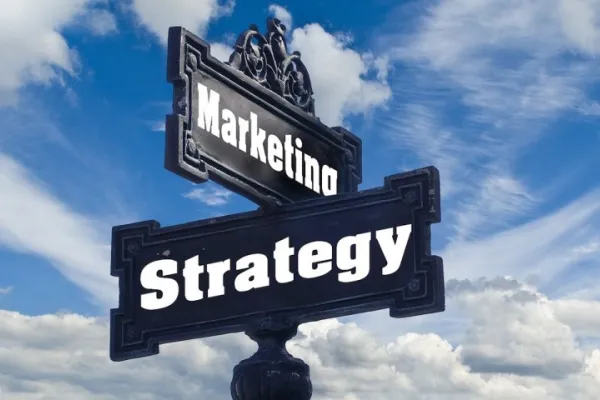 Details
Details
LinkedIn's Global Content Marketing Leader, Jason A Miller, has some knowledge to share about succeeding with paid ads on LinkedIn, some myths to debunk, and a lesson to teach marketers: slow down.
RELATED: What are sponsored updates on LinkedIn?
What is the most important lesson you have learned from your work with content marketing/native advertising?
B2B content marketing has changed a huge amount in the eight years or so that I’ve been working in this space. The media landscape has changed, the techniques for getting content in front of an audience have evolved, and audiences have changed too.
Their expectations of brand content, the way that they discover that content, the way that their attention works to identify the content worth engaging with: these things are all quite different to a few years ago. That’s why the most important lesson that I’ve learned in content marketing is to be ready to keep learning.
You need to have conviction in your strategy; you need to commit to it. However, you’ve also got to be genuinely curious about spotting when the game shifts slightly. Train yourself to be a passionate geek about effectiveness data – and keep testing, even when you’re certain you know what you’re doing.
One of the most interesting things that I’ve discovered over the last year or so, is how the length and depth of content impacts on how often it is shared, and how often it is linked to.
For years, content marketers were told to keep things snackable and never go into a level of detail that might risk your audience becoming bored. The myth about human beings having goldfish attention spans didn’t help here (it’s nonsense by the way).
RELATED: 10 Experts on The Secret to Good Native Advertising
The data we now have shows that always trying to keep content brief is a misguided strategy. High quality, in-depth, long-form content has far greater influence. It takes more commitment and investment to create it, but it’s certainly worth it.
The most important lesson to come out of this is that many content marketers need to slow down. Brands are producing more content than their audiences can conceivably consume – and more content than they can properly promote.
Try to expend the same amount of effort in producing fewer items of content, but content that has much greater depth and value. Then promote each item of content with the level of passion that it deserves. You’ll get a far greater return on your investment.
LinkedIn is becoming increasingly ambitious when it comes to content production and native advertising offerings -- can you explain how that is going and what motivated that?
LinkedIn is the world’s largest professional content platform by a long, long way. Our members create more than 100,000 long-form content posts every week.
Most importantly, LinkedIn is by far the most trusted content platform in the entire social media landscape. We’re three times more trusted than other social platforms to feature content that is credible, trustworthy and not just click-bait.
RELATED: 3 Great Examples of Native Ads on LinkedIn
This trust is a big part of the reason why 89% of B2B marketers use LinkedIn to distribute content, more than use any other social platform. It’s also why 71% of B2B marketers rate LinkedIn as extremely important to their content marketing success.
What do brands and publishers tend to overlook when it comes to using LinkedIn as a publishing platform?
Humour is one big area of opportunity for brands and publishers on LinkedIn. Marketers can be guilty of assuming that because our platform is a professional environment, it’s a laughter-free zone.
If you think about this for a moment, it’s obviously not true: we spend a large proportion of our working days smiling and laughing. We find that brands leveraging humor in the LinkedIn feed often generate extremely strong engagement.
Video is a huge part of the LinkedIn content experience – and it’s more accessible than many marketers realize thanks to the new video sharing features on our platform. These include the ability to share video in the LinkedIn feed direct from a smartphone.
Research from the Financial Times recently showed how LinkedIn is now one of the most trusted sources of video content for C-suite audiences – and they are particularly engaged by brands that think outside the box and aim to leverage video in entertaining ways rather than just another talking head. It pays to be creative and innovative when it comes to using video on LinkedIn.
RELATED: How to get started with native ads on social media
The final element that I think people still underestimate is the importance of mobile. More than half of all engagement on LinkedIn takes place on mobile devices. When you create Sponsored Content on LinkedIn it is automatically optimised for mobile– but it’s important to think about the onward content journey as well.
Make sure that landing pages are responsive and, if you’re gating content, make sure that the form will deliver a good experience on a phone. LinkedIn Lead Gen Forms are a great option for ensuring a smooth, mobile experience of completing data capture forms.
At the moment there's much talk about brands becoming publishers -- do you see that as an advantage or the opposite for LinkedIn and why?
It’s a huge advantage to us. It aligns perfectly with the way that our members use our platform. Our research consistently shows that they are looking to engage with brands through content.
We recently completed a study with Edelman that showed how 90% of decision-makers think thought-leadership content from other businesses is important – and 16% of C-suite leaders spend four hours a week or more engaging with it.
The more brands see themselves as publishers and invest in publishing genuinely original and high-quality content, the more engagement they will generate on LinkedIn.
RELATED: What is native advertising?
You’re an official speaker at Native Advertising DAYS 2017. Why should attendees at Native Advertising DAYS absolutely not miss your presentation?
I'll be debunking what I refer to as the great goldfish attention span myth that’s currently plaguing digital marketers by encouraging us to strip value from our content marketing efforts.
Also, I will reveal how changes in society's ability to multi-task are transforming how companies should approach their advertising strategy and content marketing efforts.
If that’s not reason enough, then I can promise you Guns n Roses, AC:DC, The Clash, firing cannons, decibel-shattering vocal performances, and more. Don’t believe me? You’ll have to pop by and see for yourself.



